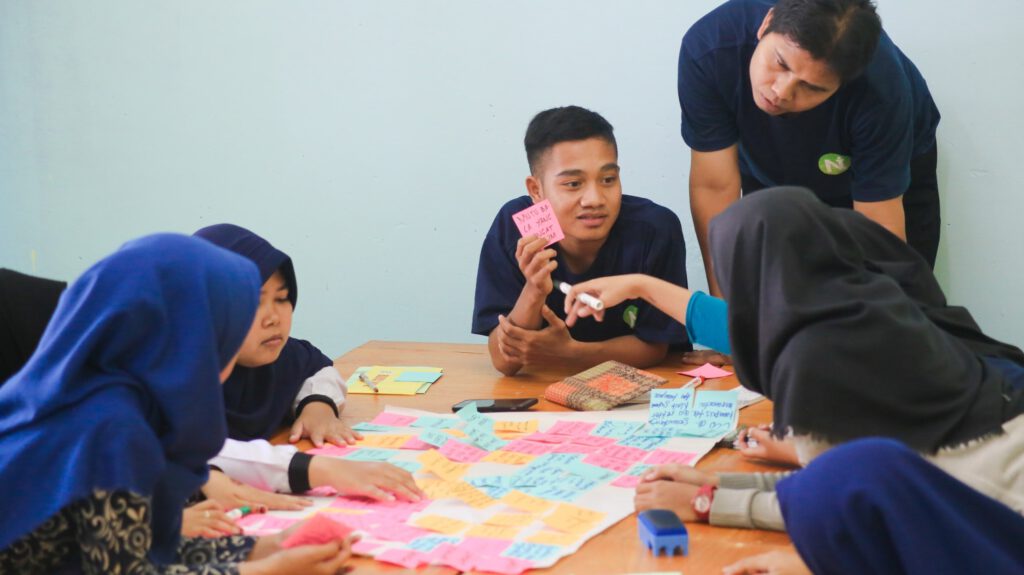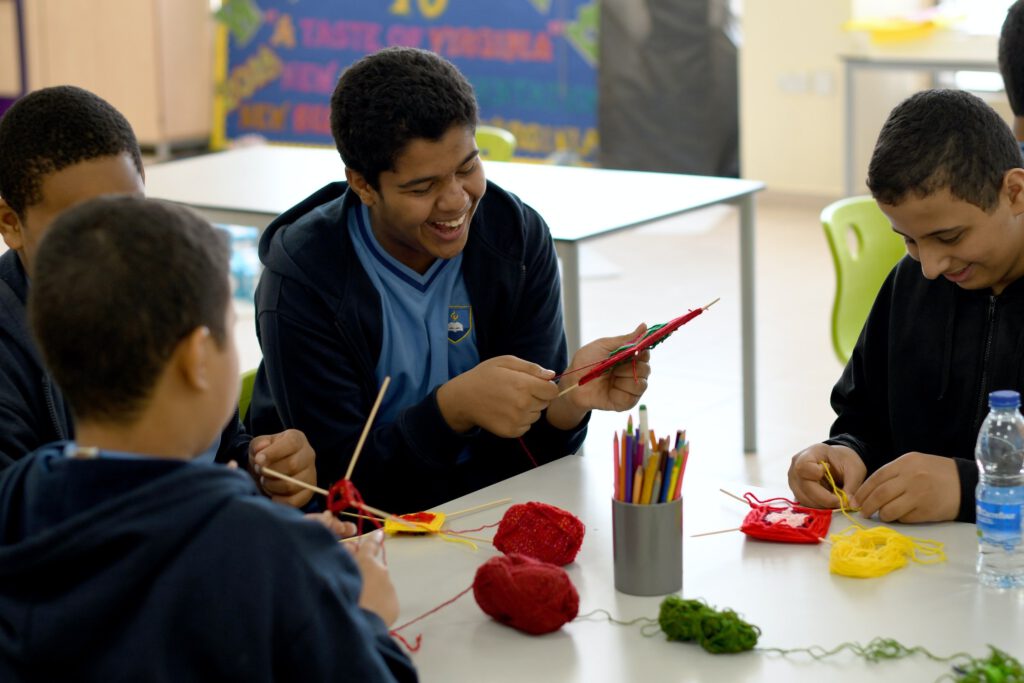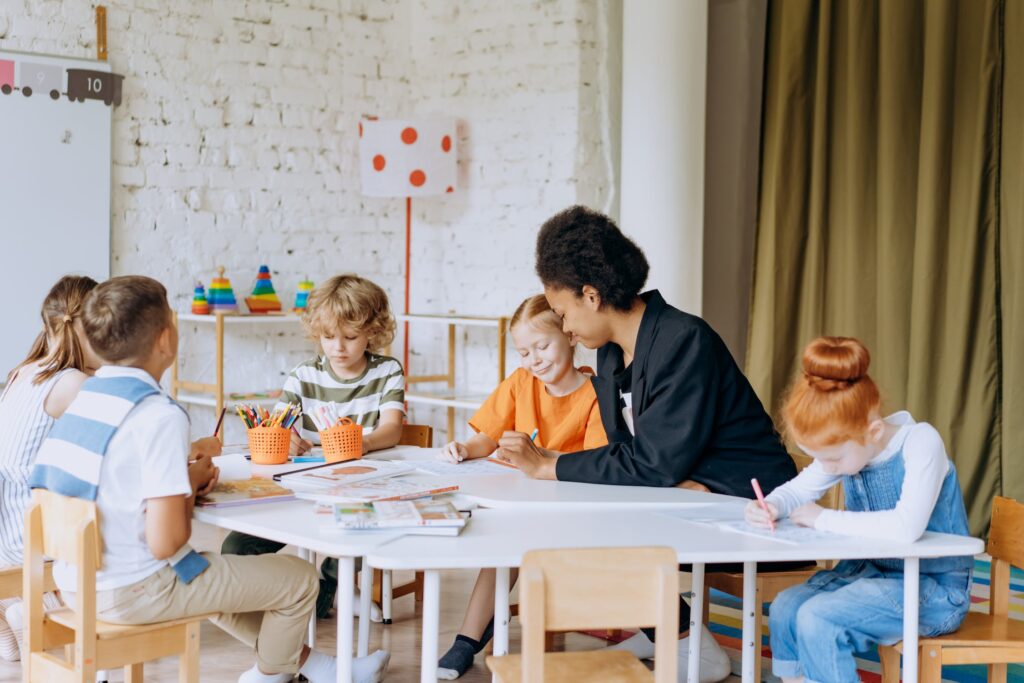Deepening Students’ Emotional Engagement
About Moreland University:
Moreland University empowers you to teach anywhere in the world through innovative online programs designed to prepare you for a successful career in teaching and education.
Learn about our 9-month TEACH-NOW teacher preparation program.
Engagement is a word that educators have been speaking about for a long time; aligning teachers’ practices and expectations around student engagement calls for a deep dive into the word engagement itself. This post will define engagement and look at how to develop engagement with specific strategies and points for reflection.
To understand student engagement, it is important to consider its many layers. EdGlossary explains that, “Student engagement refers to the degree of attention, curiosity, interest, optimism, and passion that students show when they are learning or being taught, which extends to the level of motivation they have to learn and progress in their education.” Categorizing the above definition, Fisher, Frey, & Hattie (2020) have identified three distinct areas of engagement: behavioral, emotional, and cognitive. Behavioral engagement is the easiest to define. Attention is the easiest marker of behavioral engagement: hand raising, work completion, cameras on, and microphones unmuted. What are some markers of success in the areas of emotional and cognitive engagement? In this blog post, we will deep dive into emotional engagement, a trickier side of the topic. (Check out part two of this series to learn about cognitive engagement!)
Strategies to Build Emotional Engagement
Emotional engagement is characterized by how students are feeling about their learning. Teachers can see emotional engagement in the way students participate in discussions, what questions they ask, how they seek help, and how they express curiosity. Building positive relationships and creating a student-centered learning environment increases emotional engagement.
Teachers must strive to build positive and healthy relationships now more than ever! Below is a list of strategies that can be applied in any classroom, virtual or in-person, to develop students’ emotional engagement:
-
Greet every student daily with genuine positivity to affirm and uplift them.
-
Do not approach students with labels or prejudices based on past challenges; apply an assets-based approach with a fresh start each day.
-
Create a predictable learning environment with routines and consistency to build trust.
-
Connect to learners and their families often with positive messaging that is assets-based.
-
Be flexible to see learning, growth, and progress rather than simply work completed.
-
Empower students to face inevitable challenges by teaching 21st-century learning skills and dispositions.
Relationships students have with learning are an important factor of emotional engagement. One way to enhance students’ relationship with learning is to create student-centered learning environments by shifting from monologue-based classrooms to dialogue-based classrooms. In a monologue-based classroom, teachers lead discussions. In a dialogue-based classroom, students lead discussions as they talk with each other about their learning. This has a direct effect on emotional engagement and is strongly correlated to student learning with an effect size of 0.82, noting that an effect size of 0.4 is the equivalent of one year’s growth (Visible Learning 2018).
A student-centered classroom filled with discussion—students in dialogue with each other—creates a positive atmosphere with time for critical thinking, active listening, and the development of curiosity. Educators must strive to teach students how to engage in this manner by giving guided practice on communication skills. A number of student-centered discussion protocols include fishbowl, socratic seminar, and jigsaws. The following questions can serve as a guide to establish dialogue in the classroom:
-
How will you be present but not overly controlling or directive?
-
What open-ended questions or tasks can you provide that are not googleable?
-
What will you need to be more mindful of when creating discussion opportunities in person and online?
-
How do you track and support students who lack participation in person and online?
-
How do you facilitate whole-group and small-group dialogue in person and online?
Markers of Emotionally Engaged Learning
Commit to using practices that develop emotional wellbeing around learning. Emotional engagement starts with relationships and continues with student-centered learning practice. This type of engagement must be developed, taught, and monitored over time and with intentionality. As educators establish goals for student engagement, Fisher, Frey and Hattie (2020, p. 64) suggest that educators reflect and self-assess on these success criteria:
-
I can describe the characteristics of successful teacher-student relationships.
-
I leverage relationships to create environments in which errors are valued.
-
I recognize the signs of a chilly classroom and work to avoid that feeling.
-
I can design systems that increase touch points for students virtually.
-
I redouble my efforts to engage hard-to-reach students.
In light of this brief introduction to emotional engagement, reflect on the following question: As a teacher, how do you build and track emotional engagement? At Moreland University we help teachers enhance student engagement in our online teacher preparation program and master’s degrees in education. Click here to register for an info session to learn more!



